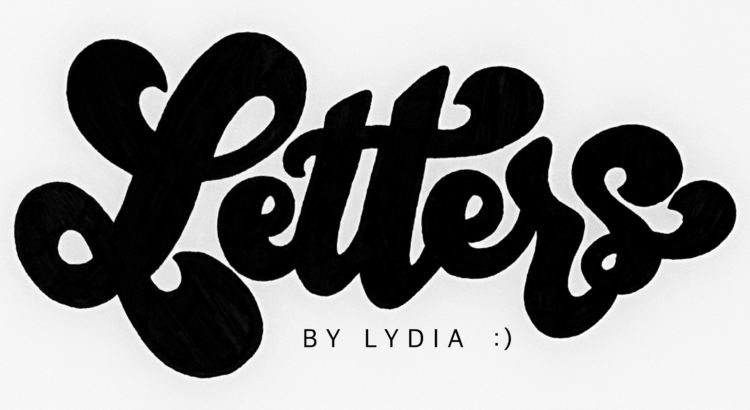Hi everyone! I hope you’re all having a lovely week 🙂
For this week, we’re gonna look at a good set of markers to start with if you’re new to lettering, and talk about some lettering basics at the same time.
This week’s star: Mondo Llama Classic Washable Markers

As you can probably tell, these are technically supposed to be for children. But who cares? If you’re new to art/lettering or on a budget, kids art supplies is the best place to start. The quality is usually pretty high for what you’re paying, you pretty much always get a solid set of rainbow colors, and there’s no reason to feel guilty for overusing them or not taking care of them.

When talking about kids markers, Crayola is obviously the most popular, and for good reason. I plan to do a separate review on Crayola Supertips, because they’re too beloved in the handlettering community to only get a brief mention (so if you don’t know what that means, just stay tuned!). However, this Mondo Llama set does the trick just fine for your basic, broadtip marker. In this specific set, you get 10 colors (swatches below!), and I believe I paid about $2.50 for them, which is ridiculously cheap compared to higher end brands. I actually bought this set at the Target on State Street, too, so it’s super accessible if you’re on campus here.

Getting into the nitty gritty of it, let’s talk about what you can actually do with these. Broadtip markers have a large, conical tip that differs from a brush pen in that the entire tip is firm as opposed to being bendy and flexible. These really in only exist in kids markers, as far as I’m aware, because they’re great for coloring in big spaces. However, you can also use them as a sort of beginner brush pen! A broad tip is firm, but it’s still flexible enough that you can get quite a bit of line variation. You can also tilt the marker so you’re writing with the side of it, which gives you the thickest line. This allows you to do tons of different kinds of handlettering with them, which I showed a bit in the picture above. I know we haven’t talked about lettering styles yet, so that’s more just so show you how versatile these are. Below is a little doodle I did with these markers, just to show you can make some pretty neat stuff with them!
As you can see, they hold up really well in comparison to more expensive art supplies! That said, they are cheap and for children, so they aren’t perfect. I highlighted a few examples of that below. You can see that it’s really difficult to get precise, clean lines with these. They also don’t layer very well, so if coloring in a large space, it might look patchy and have some sections end up lighter than others. These are also water based and pretty juicy, so sometimes they bleed on the page or when interacting with each other as well.



Overall, though, these are a great set of markers that are absolutely worth the small price tag! I hope you enjoyed reading, and see you next week!









 The tips are flexible, but also incredibly easy to control, which earns them major points. As for durability, these are pretty decent. If you aren’t using paper specifically for handlettering, the tips will fray faster, but that’s true of most pens. As for the colors, they’re beautiful–very pigmented and rich.
The tips are flexible, but also incredibly easy to control, which earns them major points. As for durability, these are pretty decent. If you aren’t using paper specifically for handlettering, the tips will fray faster, but that’s true of most pens. As for the colors, they’re beautiful–very pigmented and rich.  They offer a wide range of colors between all the sets, which you can see even just in the ones I have; there’s the super light pastels all the way to the deep, rich hues. That said, I wish they offered a higher quantity of different colors. For example, they have tons of different blue/green shades, but only one red between all of the sets. The price depends a lot on where you get them and what colors/size you choose, but a set of 6 is about $10-12 and a set of 10 is about $15-20.
They offer a wide range of colors between all the sets, which you can see even just in the ones I have; there’s the super light pastels all the way to the deep, rich hues. That said, I wish they offered a higher quantity of different colors. For example, they have tons of different blue/green shades, but only one red between all of the sets. The price depends a lot on where you get them and what colors/size you choose, but a set of 6 is about $10-12 and a set of 10 is about $15-20.



 While the specific application and look of digital paint is usually pretty different from analog/real-life oil paint, I could still try to replicate these techniques using oil paint-esque brushes in a digital painting for a similar effect. Stay tuned to see if you can identify exposed underpainting or scumbling in any of my future paintings!
While the specific application and look of digital paint is usually pretty different from analog/real-life oil paint, I could still try to replicate these techniques using oil paint-esque brushes in a digital painting for a similar effect. Stay tuned to see if you can identify exposed underpainting or scumbling in any of my future paintings!



